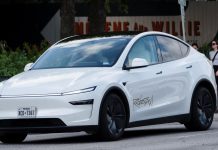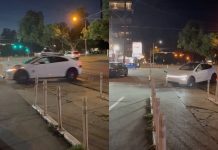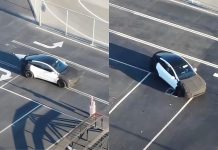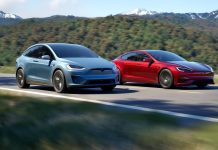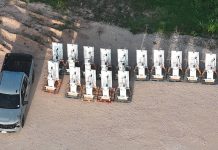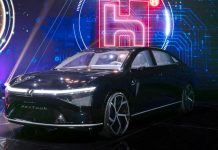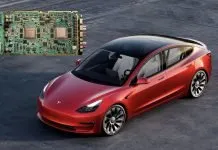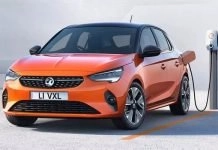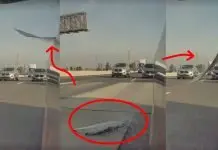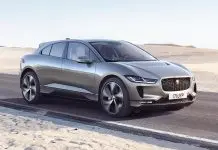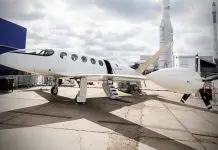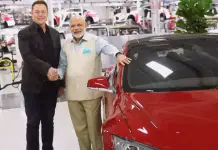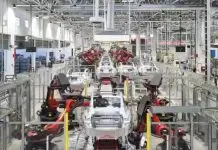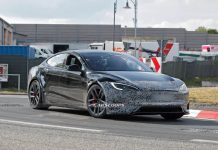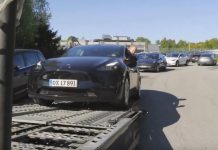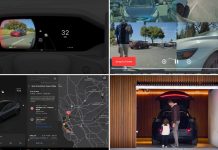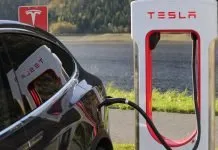According to a recent tweet, Tesla was spotted driving on the highway without a driver behind the wheel outside the geofenced zone. This was the stretch of road that was out of the bounds of Tesla Full Self-Driving (FSD) testing and operation boundaries, which Tesla had reported before, casting doubt on the level of maturity that their technology is currently at, as well as what this signals towards regulation and society regarding their safety.

Beyond Geofences
Geofencing, also known as digital barriers that restrict the freedom of autonomous cars to drive only to mapped and tested areas, has been one of the key safety measures in self-driving technology. Tesla restricted its robotaxi service to certain urban hubs and suburban loops, with a wider loop with city governments or territories that are already mapped.
🚨BREAKING: Tesla Robotaxis were seen driving without a driver on the highway outside the geofenced zone
Looks like the scale-up is moving faster than expected pic.twitter.com/6bPNX159rE
— Muskonomy (@muskonomy) June 24, 2025
The recent observations lead to the conclusion that the new version of FSD created by Tesla might be able to unite more types of roads and traffic situations than one could think of before. The cars were described as driving on their own, keeping highway speeds, merging into traffic, switching lanes, and leaving the highway on off-ramps, which fit the company’s claims but not its current information to the masses.
Industry Implications
The seeming effort by Tesla to land on the other side of the geofenced autonomy phase also pits the company against the other competing players in the self-driving sphere, such as Waymo, Cruise, and Zoox, which have taken a safer approach, sticking to small-scale pilot programs.
The distinguishing feature of Tesla is its camera-driven visualization system and super fleet learning architecture. The Tesla FSD does not depend on LiDAR data and pre-scanned surroundings as much as the competitors do, and is trained using a huge amount of real-world miles using neural nets. This solution (which is pretty controversial) is more rapid to scale in the case that the technology is considered robust.
Safety, Control, and Public Reaction
An abrupt emergence of driverless Teslas on open roads can provoke a regulatory investigation. The Department of Motor Vehicles in California, where autonomous vehicles are tested, has a very rigorous program with regards to reporting, disengagement rates, and spatial restrictions.
“This is either a bold next step or a dangerous overreach,” said Jamie Lerner, a policy analyst at the Autonomous Safety Institute. “If Tesla has pushed live deployment beyond its declared geofenced regions, that’s a regulatory flashpoint.”
What’s Next?
Bearing out, however, the current eye-witness accounts may mean that Tesla is nearly or is already achieving Level 4 autonomy vehicles that can drive themselves in most conditions with no direct human involvement. This would be a huge leap compared to its present classification, requiring a driver to be ready to take action.
It is not clear whether it was a controlled test, a soft rollout, or it was an error during operation. What is definite, though, is that the autonomous vehicle race has suddenly followed a right turn.
The second decision of Tesla, as well as the reaction of the regulating bodies, will define the pace at which robot-taxis will not simply be an interesting phenomenon on the highways, but a typical object of our everyday commute.

